What are Loose Diamonds
Loose diamonds are the gemstones that have been cut and polished but are not yet mounted into a piece of jewelry such as a ring, necklace, or earrings. They are the raw product of the diamond industry before being set into a finished product, offering the flexibility for individuals or businesses to create custom jewelry designs. These diamonds come in various shapes, sizes, and qualities, each with its own set of characteristics and grading standards.
The market for loose diamonds caters to a variety of clients, including jewelry manufacturers, retailers, and end consumers looking to design bespoke jewelry pieces. Jewelers and designers seek out specific diamonds that fit their creative visions or customer requests. Loose diamonds are also purchased by investors and collectors who may view them as tangible assets that can hold or appreciate in value over time.
The process of selecting loose diamonds involves understanding the principles of diamond grading, commonly known as the Four Cs: Carat (weight), Cut (shape and quality of the cut), Color (degree of colorlessness), and Clarity (presence of inclusions or blemishes). These principles are universally applied to assess the quality and value of a diamond. A diamond's cut is particularly crucial as it determines the stone's brilliance and fire, while its carat weight can significantly affect its price.
Loose diamonds are often certified by reputable gemological laboratories which provide detailed reports on their attributes. These certifications help ensure that buyers are getting what they pay for and facilitate trust in B2B transactions, especially when trading on global platforms like Alibaba.com.
Types of Loose Diamonds
The variety of loose diamonds available can be categorized based on different characteristics such as shape, treatments applied, gemstone type, and material. Each type has its unique features and common use cases:
- Brilliant Cut: Known for its exceptional sparkle, the brilliant cut is designed to maximize light reflection. It is one of the most popular choices for engagement rings and fine jewelry.
- Round Brilliant Cut: A type of brilliant cut that is perfectly symmetrical and renowned for delivering maximum shine and fire.
- Marquise Cut: This elongated shape with pointed ends is often chosen to create the illusion of greater size and to elongate the finger when set in a ring.
- Princess Cut: Characterized by its square or rectangular shape with numerous sparkling facets, it is a favorite for contemporary engagement rings.
- Emerald Cut: Recognized by its rectangular facets and chiseled step cuts, this shape highlights a diamond's clarity.
- Cushion Cut: With rounded corners and larger facets, this cut has gained popularity due to its antique look and romantic appeal.
Treatments like waxing/oiling or fracture filling can be applied to enhance a diamond's appearance. The choice between lab-grown and mineral gemstones also presents options for those prioritizing sustainability or cost-effectiveness.
How to choose Loose Diamonds
Businesses focused on B2B sales must carefully consider their clientele's needs when selecting loose diamonds. The choice will depend on factors such as the intended use case for the diamond (e.g., jewelry manufacturing or investment), target market preferences (e.g., shape, size), and budget constraints.
For instance, businesses looking to craft high-end custom engagement rings may prioritize round brilliant or princess cut diamonds due to their popularity and brilliance. On the other hand, those aiming at vintage-style jewelry might lean towards emerald or cushion cuts. The clarity grade will also be important; higher clarity grades like VVS (Very Very Slightly Included) may be sought after for luxury pieces where perfection is paramount.
Lab-grown diamonds offer an alternative to traditional mined stones with potential cost savings and ethical advantages that might appeal to eco-conscious consumers. Understanding these dynamics can help businesses make informed purchasing decisions on platforms like Alibaba.com where a wide range of options is available.
Best Loose Diamonds on Alibaba.com
Alibaba.com stands out as an international marketplace where businesses can discover an extensive collection of loose diamonds tailored to their specific needs. With over two decades of experience facilitating global trade, Alibaba.com offers unparalleled access to a diverse supplier base offering everything from high-quality lab-grown diamonds to rare natural gems.
The platform's user-friendly interface allows easy navigation through listings with detailed descriptions, ensuring businesses can make educated choices about their purchases. Additionally, Alibaba.com's Trade Assurance program provides peace of mind by safeguarding payments until order fulfillment is confirmed.
Whether you're crafting bespoke jewelry or sourcing gems for investment purposes, Alibaba.com connects you with reputable suppliers from around the world. This opens up opportunities for businesses of all sizes to expand their offerings and meet customer demands with confidence in the quality and authenticity of their purchases.
Common FAQs for Loose Diamonds
What determines the value of a loose diamond?
The value of a loose diamond is primarily determined by its Four Cs: Carat, Cut, Color, and Clarity. Each of these factors contributes to the overall quality and rarity of the diamond, affecting its price.
How do I choose the right cut for a loose diamond?
Selecting the right cut for a loose diamond depends on the desired aesthetic and the specific application. Consider popular cuts like the round brilliant for maximum sparkle or emerald cut for a vintage appeal, depending on your clientele's preferences.
What is the difference between natural and lab-grown loose diamonds?
Natural loose diamonds are mined from the earth, while lab-grown diamonds are created in controlled laboratory environments. The main differences lie in their origin, environmental impact, and often their price points.
Are treated loose diamonds less valuable than untreated ones?
Treated diamonds, which have undergone processes to improve their appearance, may be less valuable than untreated diamonds because they can lack the natural purity that many buyers seek.
Can I request certification for a loose diamond?
Yes, certification from recognized gemological laboratories can be requested to ensure the authenticity and quality of a loose diamond. These certificates provide detailed information about a diamond's characteristics.
What shapes of loose diamonds are most popular for engagement rings?
The most popular shapes for engagement rings include round brilliant cut, princess cut, and cushion cut due to their traditional appeal and brilliance.
How can I ensure the quality of a loose diamond?
To ensure quality, purchase diamonds that have been certified by reputable gemological institutions and deal with trustworthy suppliers who provide detailed product information.
Are there ethical considerations when purchasing loose diamonds?
Yes, ethical considerations include sourcing conflict-free diamonds and opting for lab-grown diamonds as a more sustainable alternative to mined stones.
How does carat weight affect the price of a loose diamond?
Carat weight significantly affects the price of a loose diamond; as carat weight increases, the price typically rises due to the rarity of larger diamonds.
What is the significance of a diamond's clarity grade?
A diamond's clarity grade indicates the presence of inclusions or blemishes. Higher clarity grades (e.g., VVS) denote fewer imperfections and can enhance the stone's value and appearance.
How should I store my inventory of loose diamonds?
Loose diamonds should be stored individually in soft pouches or dedicated gemstone containers to prevent scratching and damage. They should also be kept in a secure location.
What is an ideal color grade for a loose diamond?
An ideal color grade depends on preference and budget; however, color grades D through F are considered colorless and are highly sought after for their purity.
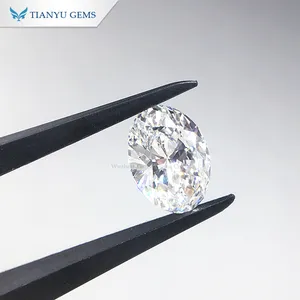
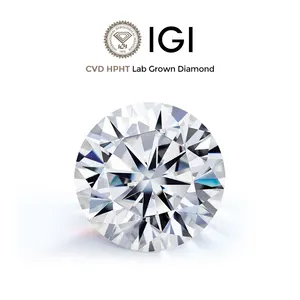











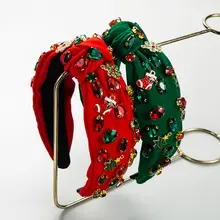




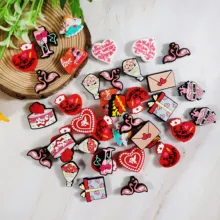


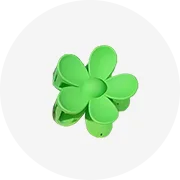
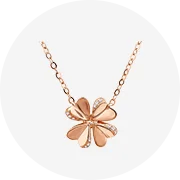
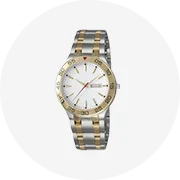
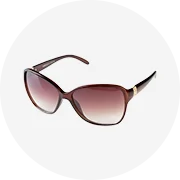
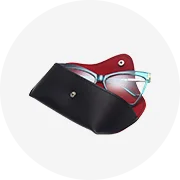
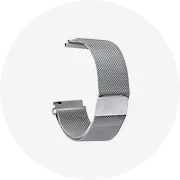
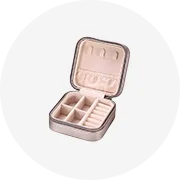








 浙公网安备 33010002000092号
浙公网安备 33010002000092号 浙B2-20120091-4
浙B2-20120091-4